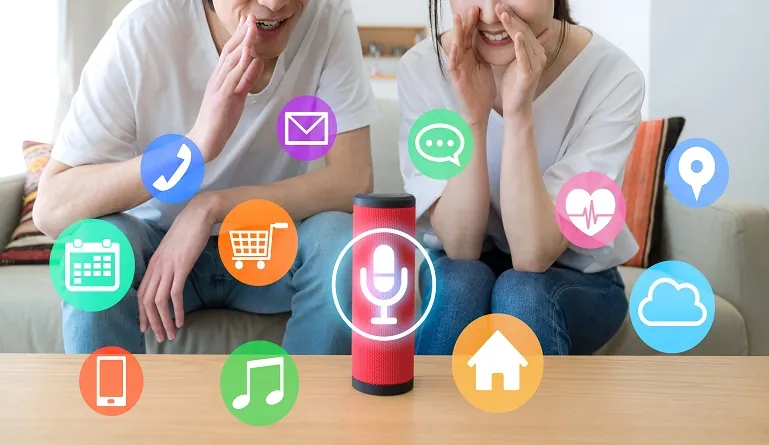Content marketing has proved a powerful tool in marketing strategies for businesses everywhere. From blogs to white papers to eBooks and testimonials, content provides resources for customers and keeps businesses connected to their audience in a meaningful way. By building and maintaining relationships with clients, you can create opportunities to generate B2B leads that eventually convert to customers. Here are some lead generation ideas to reach your B2B audience through content marketing.
Some of the best ways to generate B2B leads with Content Marketing
Using content marketing to grow your B2B lead list can be a smart strategy. Here’s what you need to know.
Create Relevant Content
While the phrase “content is king” has been overused by now, understanding your B2B audience’s needs it crucial in creating content marketing that converts to leads. If you’re a B2C and B2B organization, it doesn’t make sense to just flip your B2C focused content over to your B2B audience and expect to see more lead generation. Different audiences require different content, tailored to them specifically.
You want the content that your clients see to be engaging, distinctive, and solution-focused. Make sure you’re creating a balance of content that includes video and print to help reach the widest audience possible. Always include a way for customers to get more information – a phone number or form they can fill out so you can follow up on the lead.
Remember the Sales Cycle
The typical B2B sales cycle in involves far more stakeholders than a B2C exchange where your job as a marketer is to only convince the end user. B2B buyers usually must get approval from any number of executives after presenting a well-researched presentation. All of this takes time. Content marketing works to your advantage on these long sales cycles – content can be developed to discuss how your product or service fits into that businesses budget and sales cycle. By nurturing a long-term relationship – like through an email campaign – you can stay top-of-mind throughout the process.
Using content marketing to grow your B2B lead list can be a smart strategy. Here’s what you need to know. The content that’s distributed through the cycle process should be educational and deliberate without being too forceful. You can remind your customers that you’re there to help by using CTAs like, “Ready to buy? Click here” or “Still doing your research? Let us know if you’d like more information.” Being mindful of the buying cycle, and how involved it is, allows you to create custom CTAs that can drive traffic to a landing page with a form that allows you to collect their information – these forms can include a “estimated project start date” field, so you have a good idea of what their timeline is and follow up with them down the road.
Gate Your Content
This doesn’t work for every B2B business or company. It depends on what content you have to use. If you have high-value content, consider gating it – offering access or a download of your content in exchange for the users’ information, such as name, title, company, and email address. Not sure if your content is worth gating? Here are some good examples of B2B content considered more high-value.
- Industry expert-led training or conferences
- Industry research and whitepapers
- Exclusive eBook content
Don’t Forget About Social Media
Social media is kind of like the opposite of gated content – open to all. Social media is by no means a B2C-only area. There are lots of B2B buyers on social media and you want them to pay attention to your content. Whether it’s a link that drives them to an informative web-page that ultimately turns them into email subscribers or simply a retweet or comment on your posts, you end up with information that can be used to contact them down the line, as well as create marketing personas that help you create even better content.
B2B lead generation follows many of the same principals as B2C lead gen with some important distinctions to remember. When it comes to how to generate B2B leads, remember to exercise patience and build long-term campaigns into your marketing plan.





